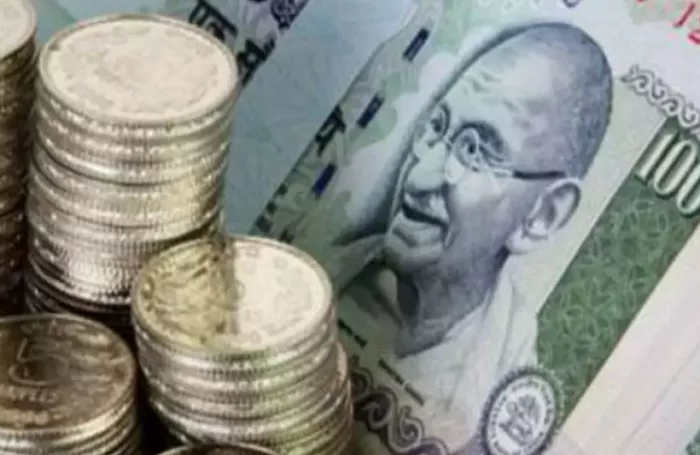The Trump administration’s abrupt imposition of a 26% tariff on Indian exports sent shockwaves through financial markets on Thursday, driving the USD/INR pair to 75.40—a three-month peak. Analysts warned the move risks derailing fragile U.S.-India trade negotiations and exacerbating emerging market currency instability.
Sectors in the Crosshairs: Machinery, Textiles, and Chemicals
Targeted tariffs apply to over $3 billion worth of Indian exports, disproportionately impacting sectors like industrial machinery components, pharmaceutical intermediates, and cotton textiles. U.S. trade officials justified the measures as addressing “persistent imbalances” in digital services and agricultural market access, though Indian exporters labeled the action “economically punitive.”
India Threatens Retaliatory Measures, WTO Challenge
India’s Commerce Ministry pledged “proportionate and calibrated responses,” including potential counter-tariffs on U.S. electronics and agricultural imports. The escalation nullifies recent progress on resolving disputes over India’s digital tax framework and comes three years after the U.S. revoked India’s preferential trade status under the GSP program.
Rupee Tumbles as Importers Rush to Hedge Dollar Exposure
The rupee plunged 1.4% against the dollar intraday—its steepest single-day drop this year—as corporates scrambled to secure greenbacks. Though the RBI reportedly intervened to cap losses near 75.30, traders anticipate sustained pressure. “Tariffs compound India’s oil-driven import bill surge,” said DBS Bank economist Radhika Rao. “The RBI faces a trilemma: stabilizing the rupee, controlling inflation, and maintaining growth.”
Broader Implications for Emerging Markets
With India’s consumer inflation at a 14-month high of 6.8% and Q1 GDP growth slowing to 4.1%, analysts question New Delhi’s capacity to absorb trade shocks. The tariffs could erase 0.3% from India’s 2024 GDP, per Nomura estimates, while retaliatory measures risk reigniting global supply chain disruptions. As developing nations grapple with dollar strength and protectionist policies, the crisis underscores the vulnerabilities of export-reliant economies.
Related Topics:
USD/INR on the Upswing as Trump’s ‘Liberation Day’ Approaches
USD/INR Gains Ground Amid Global Trade Jitters; US PMI Data in the Spotlight


